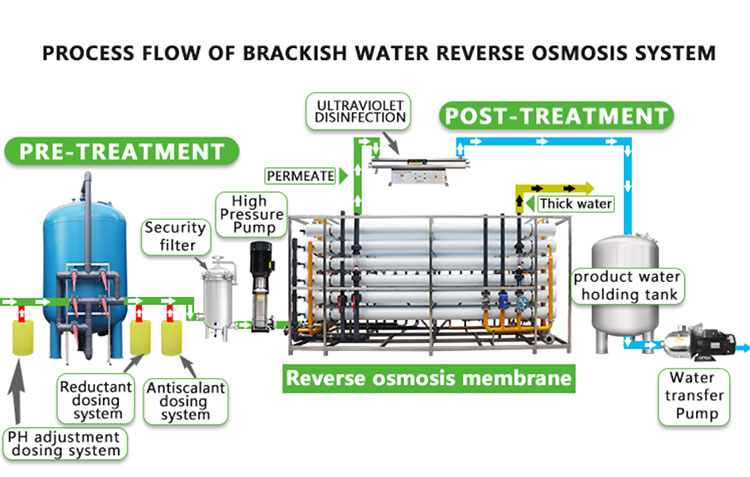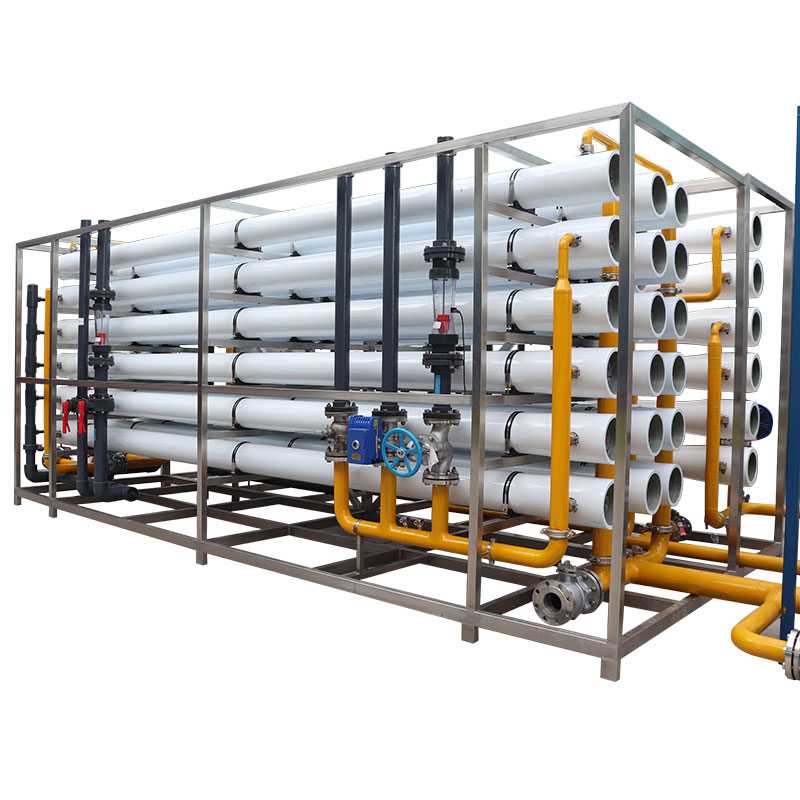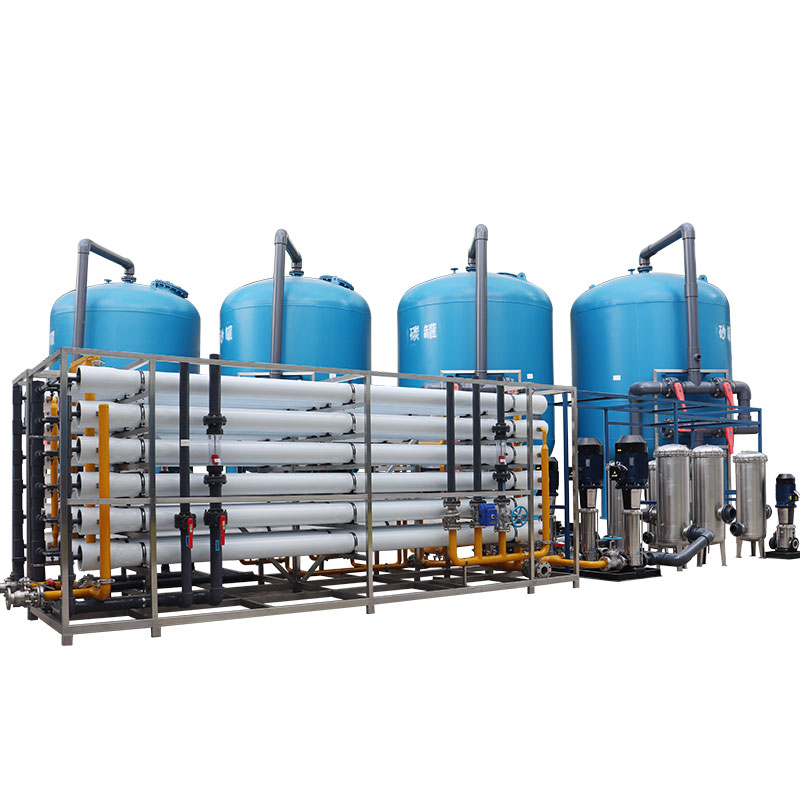What is the most effective flocculant for water treatment?
In modern water treatment processes, the application of flocculants is crucial. Flocculants can effectively aggregate suspended matter and tiny particles in water into larger flocs, which facilitates sedimentation and filtration, greatly improving the efficiency and effectiveness of water treatment.
So, which flocculant is the most effective in water treatment? This article will explore this issue in detail, introduce several common flocculants, and analyze their advantages and disadvantages and applicable scenarios.

What is a flocculant?
Flocculants are a class of chemicals that can promote the aggregation of suspended particles and form flocs. They aggregate tiny particles into larger flocs by neutralizing the charge on the surface of particles, bridging and sweeping mechanisms, thereby accelerating particle sedimentation and removal. Flocculants are widely used in water treatment, sewage treatment, pulp and paper, food processing and other fields.

What are the common types of flocculants?
According to the chemical composition and mechanism of action, flocculants are mainly divided into the following categories:
2.1 Inorganic flocculants:
Inorganic flocculants mainly include aluminum sulfate (alum), ferric chloride, polyaluminum chloride (PAC) and polyferric sulfate (PFS). They achieve flocculation by neutralizing the charge on the surface of the particles and forming hydroxide precipitation.
● Aluminum sulfate (alum): Aluminum sulfate is a commonly used inorganic flocculant with low price and wide application range. Its main disadvantage is that the generated flocs are loose, the sedimentation rate is slow, and the adaptability to water quality is poor.
● Polyaluminum chloride (PAC): PAC is a highly efficient inorganic flocculant with better flocculation effect than traditional aluminum sulfate. The flocs generated by PAC are dense, the sedimentation rate is fast, and it is suitable for a variety of water qualities, but its price is relatively high.
2.2 Organic flocculants:
Organic flocculants mainly include polyacrylamide (PAM) and its derivatives. They achieve efficient flocculation through long-chain molecular bridging and sweeping.
● Polyacrylamide (PAM): PAM is a commonly used organic flocculant with strong flocculation ability. The generated flocs are dense and settle quickly. PAM can be divided into anionic, cationic and non-ionic types according to its ionic properties, which are suitable for different water qualities and treatment requirements. Its main disadvantages are high prices and high requirements for operating conditions.
2.3 Composite flocculants:
Composite flocculants are composed of inorganic flocculants and organic flocculants, combining the advantages of both, and have better flocculation effect and adaptability.
● Polyaluminium chloride-polyacrylamide (PAC-PAM): This composite flocculant combines the advantages of PAC and PAM. The generated flocs are more dense and settle faster. It is suitable for various water qualities, especially for water with high turbidity and high suspended matter concentration.

What is the most effective water treatment flocculant?
Among the many flocculants, which one is the most effective? The answer to this question is not simple, because the choice of flocculant depends on many factors, including water quality characteristics, treatment goals, economic costs and operating conditions. In order to better understand the effects of different flocculants, we need to compare them from the following aspects:
3.1 Flocculation effect:
Flocculation effect is one of the most important indicators for evaluating flocculants. Generally speaking, polyacrylamide (PAM) has the most significant flocculation effect due to its strong flocculation ability and the dense floccules it generates. However, polyaluminium chloride (PAC) also shows excellent flocculation effect when treating a variety of water qualities, especially in water with high turbidity and high suspended matter concentration.
3.2 Economic cost:
Economic cost is an important factor that must be considered when selecting a flocculant. The prices of aluminium sulfate (alum) and polyaluminium chloride (PAC) are relatively low and suitable for large-scale applications. Although polyacrylamide (PAM) has a good flocculation effect, it is more expensive and is suitable for scenarios with high requirements for flocculation effect and relatively small treatment volume.
3.3 Scope of application:
Different flocculants have different scopes of application. Inorganic flocculants such as polyaluminium chloride (PAC) are suitable for a variety of water qualities and have a wide range of applications. Organic flocculants such as polyacrylamide (PAM) perform well in specific water qualities, such as water with high turbidity and high suspended solids concentration.
3.4 Operating conditions:
Operating conditions include dosing method, operating temperature and pH value. Inorganic flocculants such as polyaluminium chloride (PAC) have low requirements for operating conditions and are easy to use. Organic flocculants such as polyacrylamide (PAM) have high requirements for dosing and dissolution conditions and are complex to operate.
Case analysis
In order to more intuitively understand the effects of different flocculants, let's look at several practical application cases:
4.1 Urban sewage treatment:
In urban sewage treatment plants, flocculants are mainly used in solid-liquid separation processes in primary and secondary treatment. A sewage treatment plant uses polyaluminium chloride (PAC) as a flocculant, with significant treatment effects, effluent water quality up to standard, and reasonable cost control. In contrast, the cost of using polyacrylamide (PAM) is higher, but the flocculation effect is better, and it is suitable for treatment processes with higher water quality requirements.
4.2 Industrial wastewater treatment:
The industrial wastewater of a chemical plant contains a large amount of suspended matter and colloidal substances. Polyacrylamide (PAM) is used as a flocculant, and good treatment results are achieved. The suspended matter and colloidal substances in the wastewater are quickly flocculated and settled, and the water quality is significantly improved after treatment. However, the high cost of PAM requires chemical plants to weigh the economic feasibility in its application.
4.3 Drinking water treatment:
In the process of drinking water treatment, the selection of flocculants is particularly important. A water plant uses a composite flocculant (PAC-PAM) for treatment, with significant flocculation effect, clear effluent water quality, and meets drinking water standards. The composite flocculant combines the advantages of inorganic and organic flocculants, which not only ensures the flocculation effect, but also controls the cost.

Conclusion of the most effective flocculant for water treatment
In summary, different flocculants have their own advantages and disadvantages in the water treatment process, and the most effective flocculant needs to be selected according to the specific water quality characteristics and treatment requirements. Polyacrylamide (PAM) performs well in water treatment with high turbidity and high suspended solids concentration due to its excellent flocculation effect. However, its high cost and operational complexity limit its application. Polyaluminium chloride (PAC), as a highly efficient inorganic flocculant, has become the first choice for many water treatment plants due to its wide applicability and low cost. Composite flocculants (PAC-PAM) combine the advantages of both and are suitable for scenarios with high requirements for flocculation effect and economy.
When selecting flocculants, water treatment plants and enterprises should comprehensively consider factors such as flocculation effect, economic cost, scope of application and operating conditions, and select the most suitable flocculant to achieve the best water treatment effect and economic benefits.




